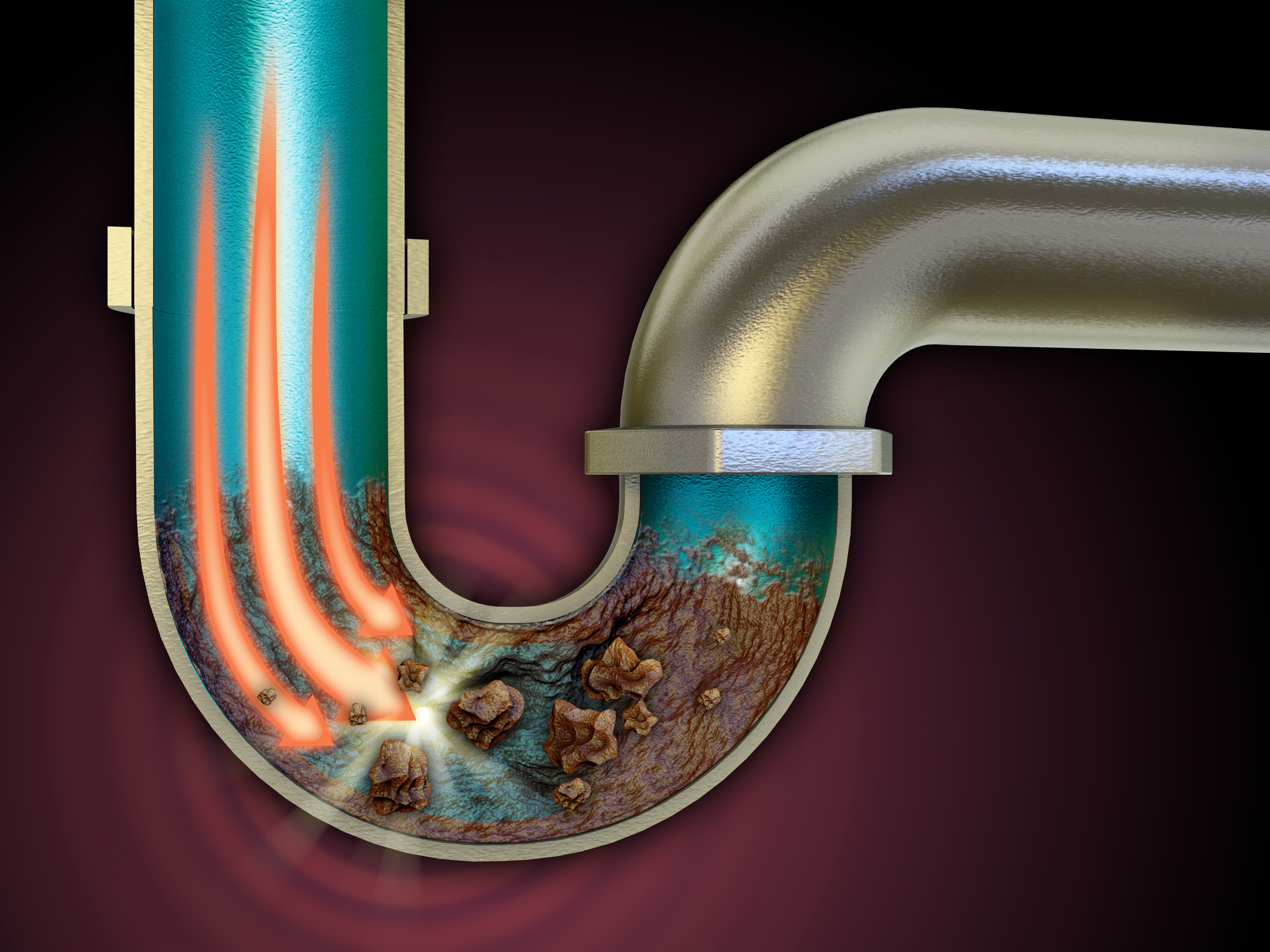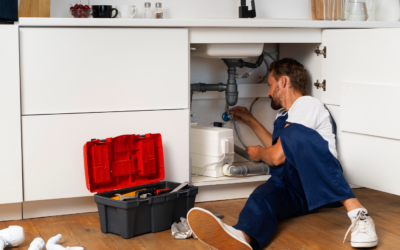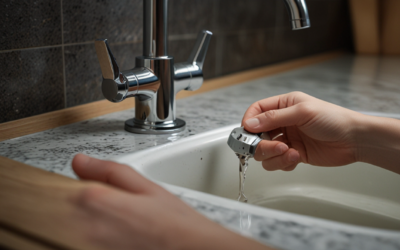As any homeowner knows, plumbing issues can be a real hassle. Whether it’s a dripping faucet, a clogged drain, or a burst pipe, plumbing problems can lead to inconvenience, costly repair bills, and even water damage. One of the lesser-known plumbing issues that can creep up on homeowners over time is PEX failures in recirculating lines. In this article, we’ll take a closer look at this problem and explore what homeowners can do to avoid it.
What is PEX?
PEX, or Cross-linked polyethylene, is a flexible plastic pipe that is used in hot and cold plumbing systems. It’s an alternative to traditional copper piping that has become increasingly popular due to its ease of installation, flexibility, cost-effectiveness, and durability. PEX has been used in plumbing systems for over 20 years, and it has generally performed well during that time.
PEX is known for being highly resistant to corrosion, rust, and mineral buildup. It’s also resistant to freeze damage and can be installed quickly and efficiently, reducing labor costs and installation times.
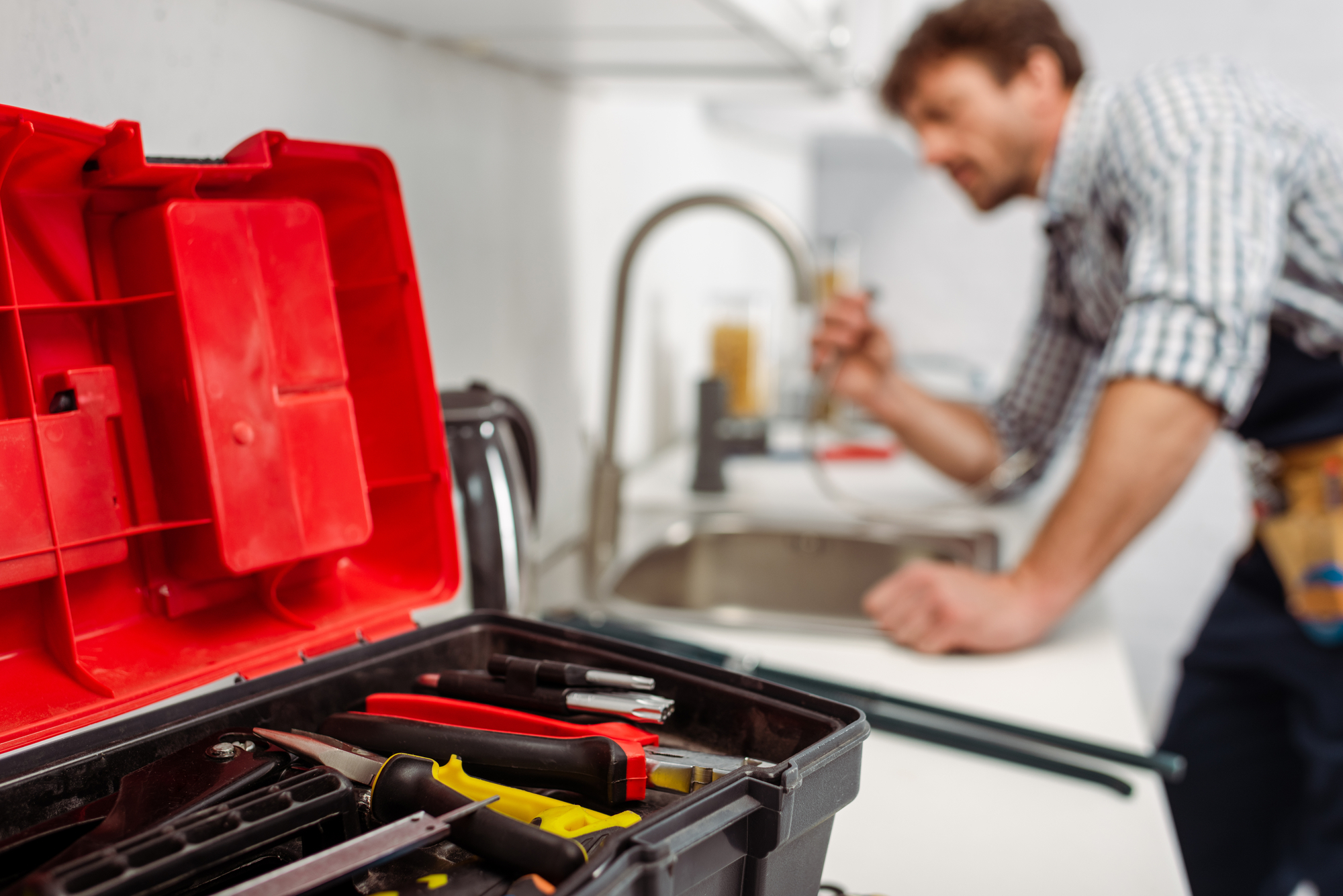
What is a recirculating line in plumbing?
A recirculating line in plumbing is a pipe that circulates hot water from the water heater to the fixtures throughout the house. The purpose of this line is to provide instant hot water at all times, reducing the wait time and water waste associated with traditional plumbing systems.
In a recirculating line, water is continually circulated through the pipe, which can lead to increased wear and tear on the pipes over time. This can be particularly problematic for PEX piping, which is more sensitive to temperature changes and water pressure than copper pipes.
What causes PEX to fail in recirculating lines?
PEX failures in recirculating lines can occur for several reasons. One of the most common causes is temperature fluctuations. PEX has a maximum temperature rating of 200 degrees Fahrenheit, and if the water in the recirculating line exceeds this temperature, it can cause the PEX to degrade and fail over time. Additionally, hot water can accelerate the process of pipe degradation and weaken the PEX, making it more prone to rupturing or leaking.
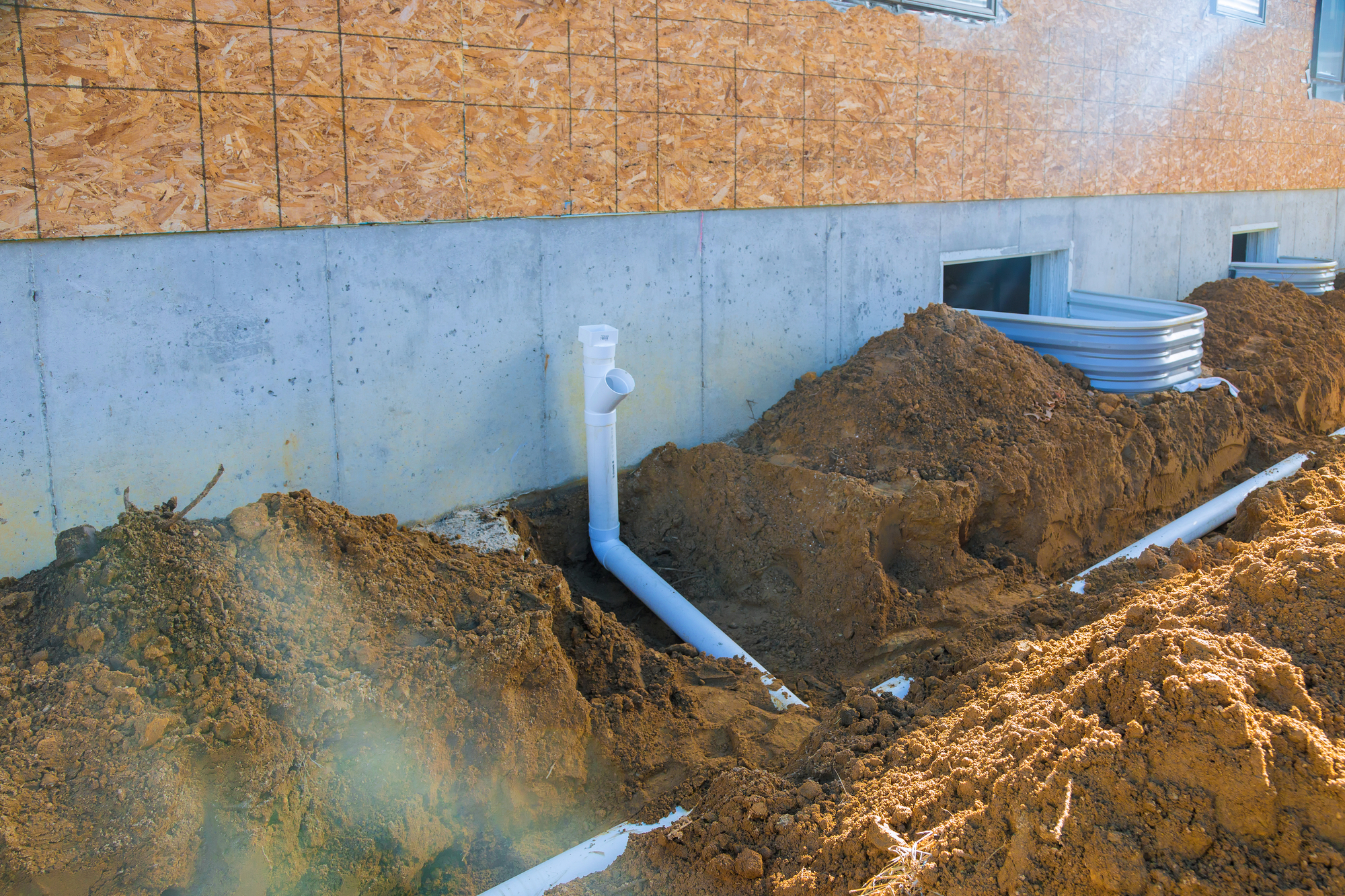
Another cause of PEX failures in recirculating lines is water pressure. PEX is sensitive to high water pressure, which can cause the pipe material to expand and contract, leading to cracks and leaks. Additionally, water hammering, which occurs when water is turned on and off quickly, can cause the PEX to vibrate and weaken over time.
How can homeowners avoid PEX failures in recirculating lines?
The best way for homeowners to avoid PEX failures in recirculating lines is to have their plumbing systems inspected regularly by a licensed plumber. A plumber can check for signs of wear, tear, and impending failures in the PEX pipes, as well as test the water pressure and temperature to ensure that they are within safe limits.
It’s also important to maintain the recirculating line properly. Homeowners should drain their water heaters annually to remove sediment and mineral buildup, which can reduce the flow of water and cause the PEX to degrade more quickly. Additionally, homeowners should avoid using corrosive drain cleaners that can degrade the PEX and cause it to fail over time.
Conclusion
PEX has been a popular choice for plumbing systems for over 20 years due to its cost-effectiveness, durability, and ease of installation. However, homeowners should be aware that PEX failures can occur in recirculating lines due to temperature fluctuations, water pressure, and other factors. By having their plumbing systems inspected regularly, maintaining their recirculating lines properly, and avoiding corrosive drain cleaners, homeowners can avoid PEX failures and ensure that their plumbing systems are functioning properly. As always, if you need professional plumbing services, please give Ace Plumbing Repair a call at (844) 711-1590 or visit our website, aceplumbingrepair.com, for more information.

